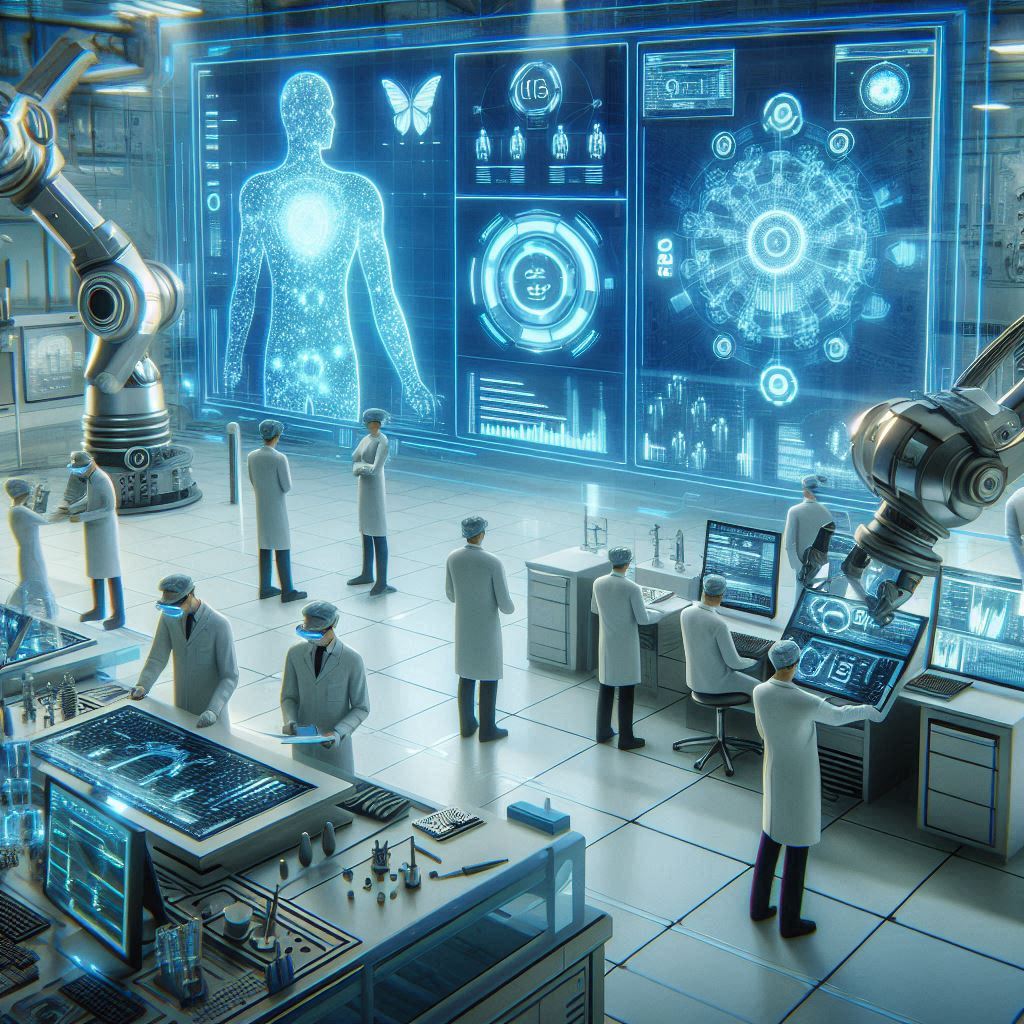In today’s fast-evolving industrial landscape, precision is not just a requirement—it’s a competitive necessity. As industries move toward automation, digital twins, and intelligent manufacturing, 3D metrology services are emerging as a crucial enabler of accuracy, consistency, and innovation in design, production, and quality assurance. These services leverage advanced scanning and measurement technologies to capture detailed, three-dimensional data from physical objects, enabling manufacturers to validate parts, optimize designs, and improve product lifecycle management with unmatched precision.
The Evolution of Metrology in the Digital Age
Metrology, the science of measurement, has traditionally played a vital role in industrial engineering. However, traditional tools such as calipers, coordinate measuring machines (CMMs), and optical comparators often fall short in today’s high-speed, high-complexity production environments. The transition from 2D to 3D metrology has revolutionized the inspection process by providing deeper insight into geometries, surfaces, and structural integrity. With 3D metrology, manufacturers can measure entire parts—often with millions of data points—in minutes, capturing their exact shape and dimensions without contact or destructive testing.
The Role of 3D Metrology Services in Industry
3D metrology services are often outsourced to specialized providers who offer access to cutting-edge equipment and expert analysis without the need for in-house investment. These services are critical across sectors such as aerospace, automotive, medical devices, energy, and electronics—where tolerances are tight and failures can be costly or dangerous. Applications include dimensional inspection, reverse engineering, first article inspection, tool and die validation, deformation analysis, and part-to-CAD comparison. In industries like aerospace and automotive, 3D metrology ensures that components meet exact design specifications and regulatory standards, minimizing risks and reducing rework.
Download PDF Brochure @ https://www.marketsandmarkets.com/pdfdownloadNew.asp?id=203080758

Enabling Design Optimization and Reverse Engineering
One of the most powerful uses of 3D metrology services lies in reverse engineering—reconstructing a digital model of an existing part for which original design data is unavailable or outdated. Engineers can scan a component using 3D laser or structured light scanners, then create accurate CAD models that are ready for modification or replication. This process is essential for legacy equipment, aftermarket parts, or performance enhancements. Additionally, 3D metrology helps in design optimization by comparing prototypes with digital blueprints, allowing engineers to iteratively refine their products with data-backed insights before full-scale production.
Supporting Quality Control and Process Improvement
Precision in manufacturing is directly tied to the reliability of quality control. 3D metrology services support real-time inspection and statistical process control by providing detailed reports that reveal deviations from nominal values, warping, wear, or improper assembly. With the ability to perform non-contact inspections of complex geometries and delicate materials, these services reduce the risk of part damage during inspection. Moreover, repeatable and traceable measurement data allows for better root cause analysis, helping manufacturers continuously improve their processes and reduce scrap rates.
Integration with Smart Manufacturing and Industry 4.0
As factories become smarter and more connected, 3D metrology services are aligning with the broader goals of Industry 4.0. The integration of metrology data into digital ecosystems—such as ERP, PLM, and MES systems—creates a feedback loop where real-time data drives immediate action. For example, automated inspection stations equipped with 3D sensors can flag defects in production lines instantly, prompting adjustments without stopping the process. This data-driven approach supports lean manufacturing, reduces downtime, and enhances overall equipment effectiveness (OEE).
The Advantage of Outsourcing 3D Metrology
For many companies, outsourcing 3D metrology services is a strategic decision. It offers flexibility, access to high-end technologies, and expert-level accuracy without the capital expenditure of purchasing equipment or training in-house staff. Service providers bring deep experience with industry standards, advanced measurement strategies, and software proficiency in tools such as PolyWorks, Geomagic, and Autodesk. Whether for short-term projects, prototyping, or ongoing inspection needs, outsourcing metrology tasks ensures high-quality results and faster turnaround times.
Future Outlook: Automation, AI, and Digital Twins
The future of 3D metrology is increasingly automated and intelligent. Robotic scanning arms, AI-powered analytics, and machine learning algorithms are making measurement processes faster and more adaptive. These advancements are expected to significantly reduce human error and allow for predictive maintenance, smarter inspections, and fully digital part verification. Integration with digital twin technology—virtual replicas of physical objects—will further push the boundaries of what’s possible, enabling real-time simulations and virtual quality testing across the product lifecycle.
3D metrology services are redefining precision measurement in the age of digital manufacturing. From speeding up product development to enhancing quality control and enabling smart automation, they are indispensable to industries that demand excellence and efficiency. As technologies continue to evolve, 3D metrology will not just support industrial progress—it will drive it, ensuring that every part, product, and process meets the highest standards of performance and accuracy.
